By Yvonne Rasmussen, UC Master Gardener of Napa County
What's this weird thing growing in my yard? Is it dangerous, poisonous, or killing my plants? How can I get rid of it?
The Napa County Master Gardener help desk has recently been getting many calls and emails about mushrooms and slime molds in gardens, raised beds or mulched areas. Most people are alarmed and want to get rid of them.
This recent weather pattern, wet and cool days interspersed with warm sunny days, is perfect for fungi and slime mold to complete their life cycles.
While a few mushrooms are toxic and may indicate plant problems such as internal rot, most are benign or even beneficial. Fungi, slime molds and beneficial bacteria are workhorses in our soil. They help recycle nutrients by breaking down plant material to create healthy soils. They are the base of our soil food web, feeding other microbes and larger organisms and plants, too. Many fungi also help plant roots absorb water and nutrients from the soil.
Most soil fungi and bacteria are saprotrophs (also called saprophytes), meaning they digest only dead matter. A few are facultative saprophytes, meaning they can digest both live and dead tissue. These opportunists eat what they can find. They remain in the soil eating dead matter until they spot a weak, stressed plant nearby. Then they move into that plant to help it along in the dying process.
Soil fungi, slime molds and bacteria are a natural part of our gardens. They hide at or below the soil surface until conditions are right for them to produce fruiting bodies and spores, akin to an apple tree making apples.
These fruiting bodies may appear seemingly out of nowhere. Mushrooms or other strange forms like puffballs, cup fungi or powdery spikes seem to erupt from the ground. The powdery substances that come out of these fruiting bodies are spores. Like apple seeds, they are the means of propagation. Spores are often spread by wind or rain and sometime look like puffs of smoke.
Slime molds are not fungi but they also form fruiting structures with spores. Slime molds usually live above ground on the surface of mulch or leaf litter. When conditions are right, they coalesce into groups and migrate to a higher place before forming spores. They move like an amoeba, hence the name slime mold.
Slime molds are often brightly colored; they can be yellow, red, orange, white, grey, or black. As they move to their preferred new spot, we often notice their bright colors and the new larger form. After a day or two, these bright colors may fade to gray or brown as spores are released.
Fungi and slime molds occur wherever food is plentiful: in leaf litter, mulches, raised beds or other garden beds with organic content. Most of the time, we don't see them doing their work below ground or at the soil surface.
Most fungi have a vast underground network of hyphae, threadlike parts that access the food. To use the apple tree analogy, hyphae are the leaves, stems and roots. The mushroom that we see is only the fruit. Removing the mushroom does not kill the fungi below ground any more than harvesting an apple kills the apple tree.
You may want to remove mushrooms if there's a risk of a child or dog eating them. However, leaving them will help the fungi spread their spores and continue their work. Fungi and slime molds feed our soils, our plants and ourselves. Best to leave them be. Admire their amazing life cycle and their curious forms as a part of the soil food web.
You can earn more about the life of fungi and slime molds in Entangled Life: How Fungi Make Our Worlds, Change Our Minds & Shape Our Futures by Merlin Sheldrake (Random House), Teaming with Microbes: The Organic Gardener's Guide to the Soil Food Web by Jeff Lowenfels and Wayne Lewis (Timber Press) and Mycelium Running: How Mushrooms Can Help Save the World by Paul Stamets (Ten Speed Press).
YouTube has some fantastic videos featuring slime molds, including KQED's Deep Look series and other science education programs.
[Ed: The key difference between hyphae and mycelium is that hyphae are long branching thread-like structures of multicellular fungi while mycelium is the collection of hyphae which makes the fungus.]
The UC Master Gardeners of Napa County are doing several workshops in February on how building healthy soil at home (including fungi) can influence climate change. Join us for a soil workshop (“Your Soil Can Save Us”) in Yountville on Sunday, February 28, or learn about “Home Vineyard Soil Improvement for Climate Change and Wine Quality” on Saturday, February 27. See our website (https://napamg.ucanr.edu) for more details on upcoming programs, registration and past workshop recordings. Find past event recordings and resources on our website under Event Find Us.
Library Talk: Napa County Master Gardeners will give a talk on “Creative Cucurbits: Loofahs and More” on Thursday, February 3, from 7 pm to 8 pm. Save room in the garden for some crazy cucurbits and learn how to prepare them for your own use or as gifts. Register to receive the Zoom link at https://ucanr.edu/2022FebCucurbits.
Got Garden Questions? Contact our Help Desk. The team is working remotely so please submit your questions through our diagnosis form, sending any photos to mastergardeners@countyofnapa.org or leave a detailed message at 707- 253-4143. A Master Gardener will get back to you by phone or email.
For more information visit https://napamg.ucanr.edu or find us on Facebook or Instagram, UC Master Gardeners of Napa County.
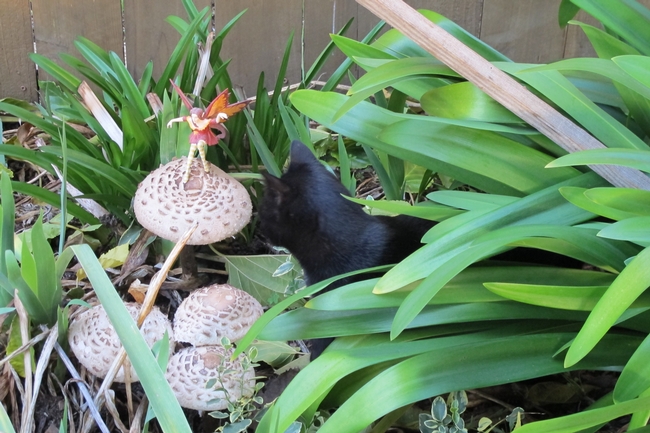
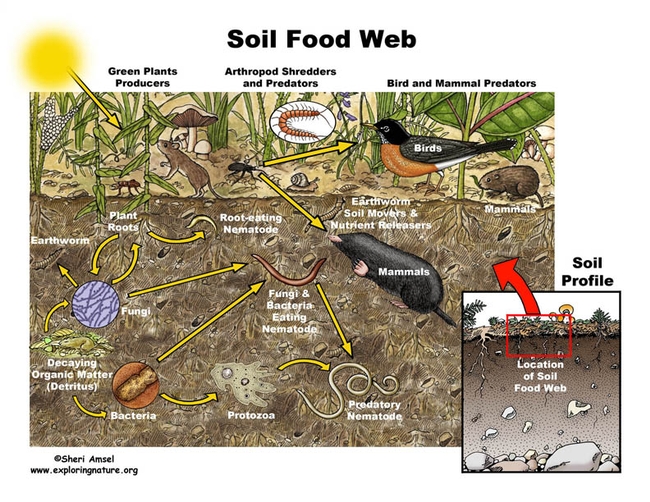
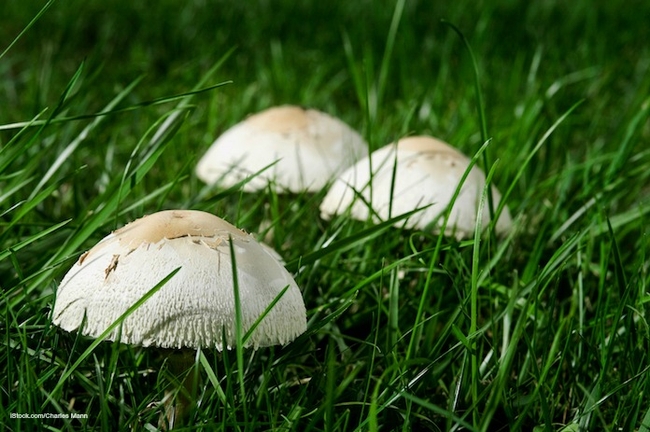
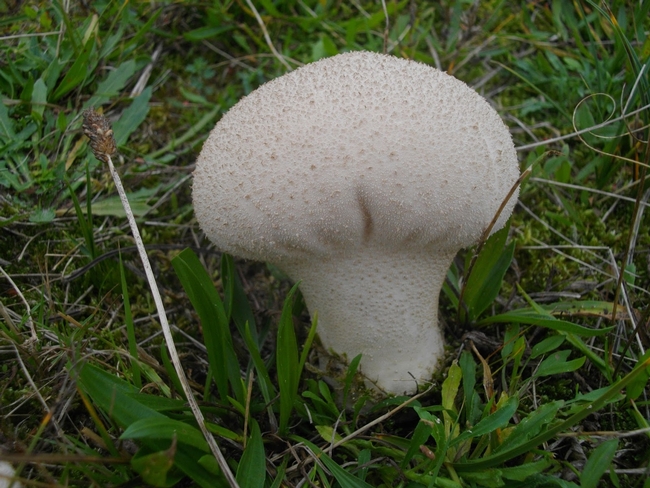
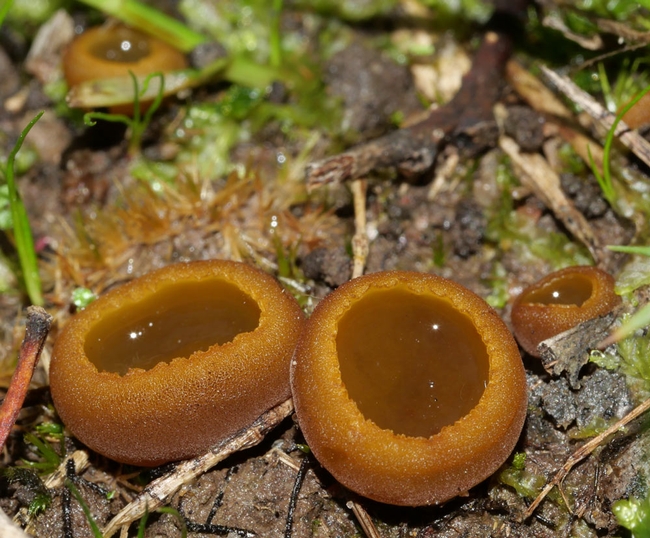
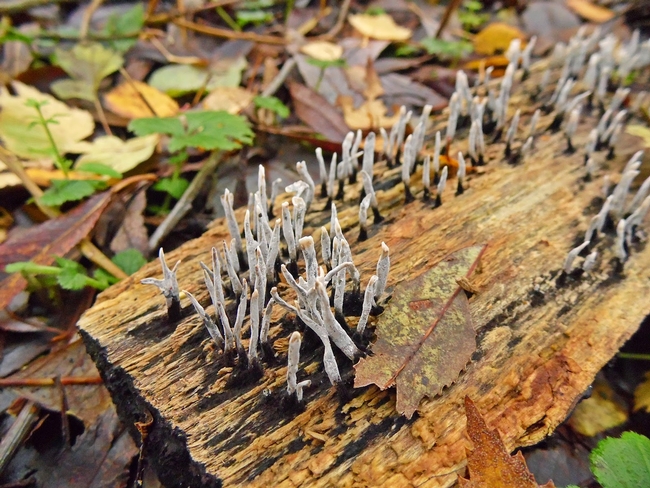
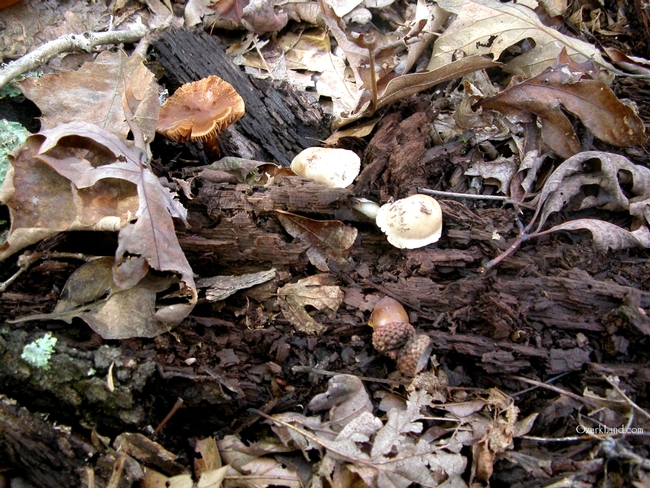
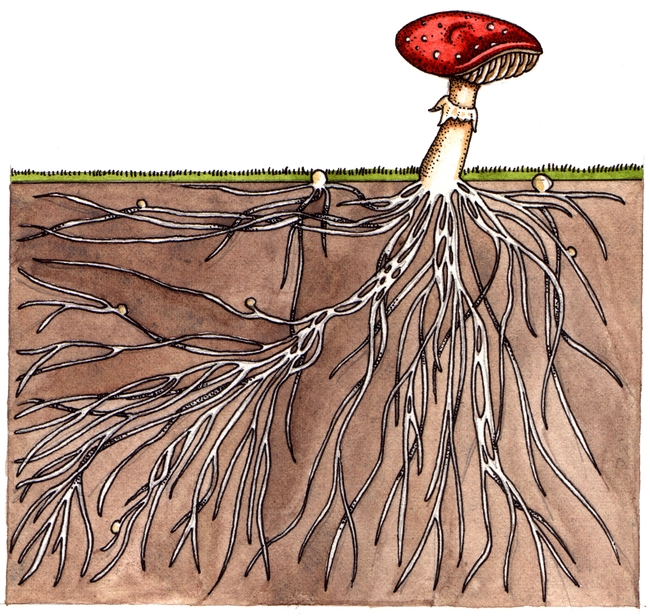
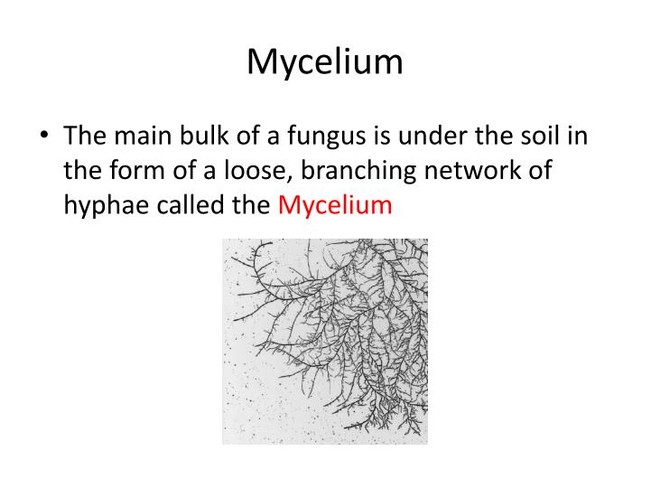
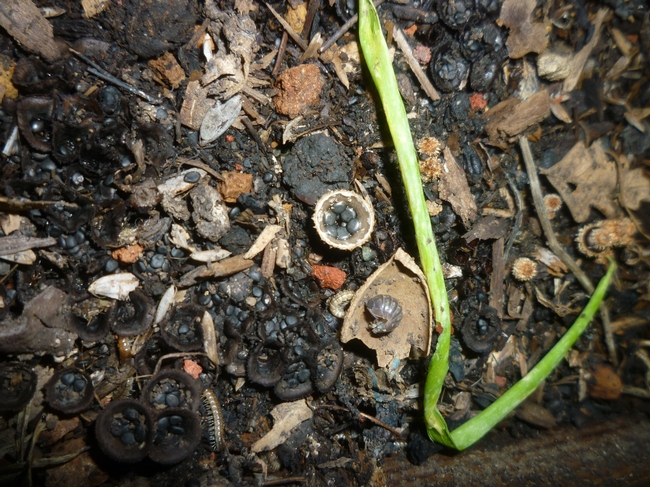
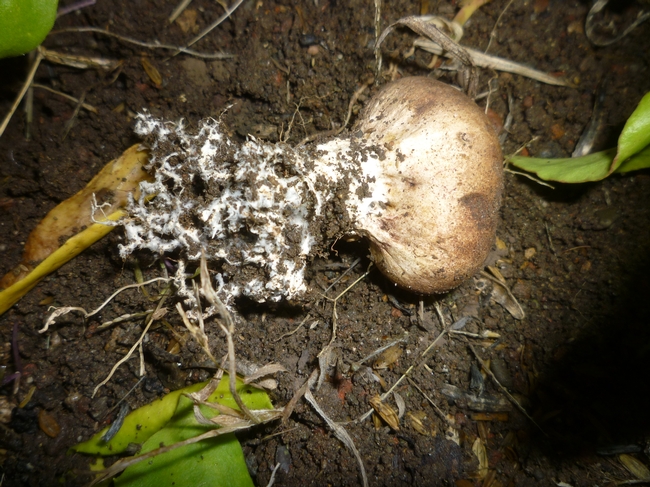
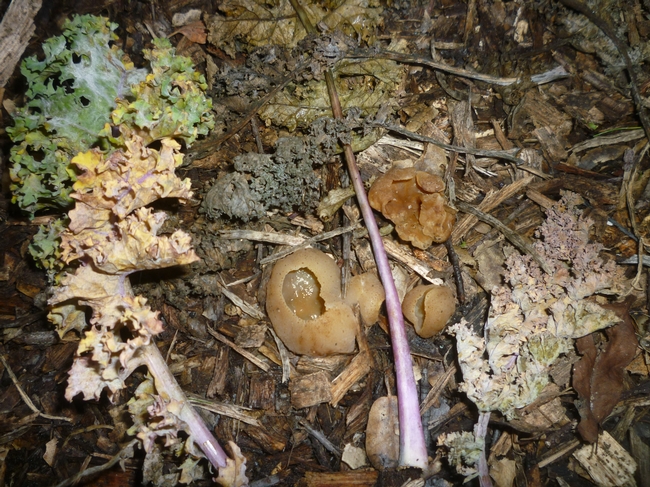
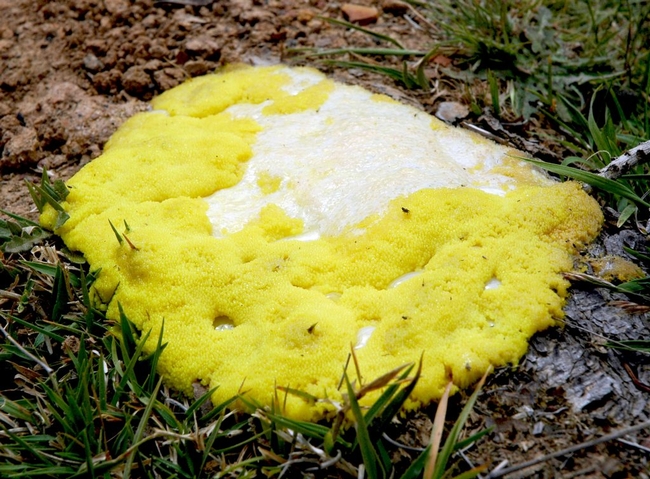
- Author: Gayle Nelson
By Penny Pawl, UC Master Gardener of Napa County
Occasionally you may see things sprouting around your garden that you know you did not plant. Are they mushrooms or toadstools, or is there perhaps another fungus among us?
Mushrooms and toadstools are all fungi and come from spores growing on decaying materials in your soil. They are working for you by breaking down decaying materials and adding to the health of your soil.
In the distant past, people believed that toads lived on toadstools, hence the name. People used the word “mushrooms” for edible types and “toadstools” for the types thought to be toxic. Scientifically, they are much alike. The mushroom is the fruiting body of the fungus, and the frilly gills underneath produce the spores. Unless you are very knowledgeable, do not eat any wild mushrooms; some are edible but many are poisonous.
Dr. Gordon Walker is a fungus expert. In a recent Zoom talk for Napa County Master Gardeners, he explained how fungi grow, their many benefits and the problems they can cause. On his Facebook page, Fascinated by Fungi, he explains where mushrooms grow, what types they are and if they can be eaten. He shows a lot of images of fungi growing right here in Napa County.
I have spread a lot of compost and bark in my yard over the years, and a variety of fungi have appeared. These decomposers are breaking down the mulch. Some fungi, such as Armillaria, grow on living trees. This fungus grows in wet soil and affects oak trees and other woody plants; it is also known as oak root fungus. If the roots or bark have been damaged from tilling or other injury, the fungus can take hold. By digging out the area around the trunk to let it dry, you can often stop the fungus infection. If not stopped, it can kill an oak tree. I live in a flood zone and this fungus also killed my birch trees within a few years. Flood waters carried it in and left it in the soil.
If you want to get rid of mushrooms and toadstools in a lawn, first clean up the area. Remove grass or leaf litter, add nitrogen to the soil and dispose of the mushrooms and toadstools. Do not put them in your compost pile. Move out any grass that may be left and move the soil around with a rake to expose and dry out any spores left behind.
Other fungi can attack the heartwood of an oak tree and kill the tree. Some attack the dead wood. There is nothing you can do once the fungus is inside the tree and has spread to the trunk. But to prevent it from spreading further, prune back all affected branches close to the branch collar. Once you see fungi on the trunk, they are inside the tree.
Mycorrhizae are beneficial fungi that grow on the roots of oaks and other trees. The fungi contribute to soil health. Mycorrhizae help with water uptake and the general health of the tree. It is a good practice to leave leaf litter around an oak to encourage mycorrhizae. It is important not to till near oak roots and disturb this fungus in the soil.
Slime mold is not a fungus, but it often appears during cool wet spring weather. It was once considered a fungus, but after more research it has been reclassified. There are more than 900 species of slime mold, and they grow on decaying material. While they are single-cell organisms, when food is scarce and conditions advantageous, they often converge and create a patch. These patches can be bright yellow, orange, brown or grey. Once they gather and create spores, they seem to dissolve and disappear within a few days. Slime molds, too, are part of healthy garden soil and reflect a living garden in springtime.
Food Growing Forum: Second Sunday of the month through November. Sunday, May 9, 3 pm to 4 pm: “Beans and Summer Pruning of Fruit Trees.” Register to get Zoom link: https://ucanr.edu/survey/survey.cfm?surveynumber=33586
Workshop: On Saturday, May 1, UC Master Gardeners of Napa County will hold a virtual workshop on “Flowers & Foliage for the House” from 10:00 am to noon. Learn about growing your own annuals and perennials for cutting and get tips on creating arrangements. Register to get the Zoom link: http://ucanr.edu/2021Flowers&FoliageMay
Library Talk: On Thursday, May 6, from 7 pm to 8 pm, UC Master Gardeners of Napa County will hold a virtual talk on “Right Tree, Right Place: Making Smart Tree Choices for Your Landscape.” Register to get the Zoom link: http://ucanr.edu/2021MayRtTreeRtPlace
Tree Walk: On Tuesday, May 11, from 10 am to noon, UC Master Gardeners of Napa County will host a docent-guided tree walk in Fuller Park in Napa. Group size is limited to seven. To register: https://bit.ly/2Qg3tib
Got Garden Questions? Contact our Help Desk. The team is working remotely so please submit your questions through our diagnosis form, sending any photos to mastergardeners@countyofnapa.org or leave a detailed message at 707- 253-4143. A Master Gardener will get back to you by phone or email.
For more information visit http://napamg.ucanr.edu or find us on Facebook or Instagram, UC Master Gardeners of Napa County.
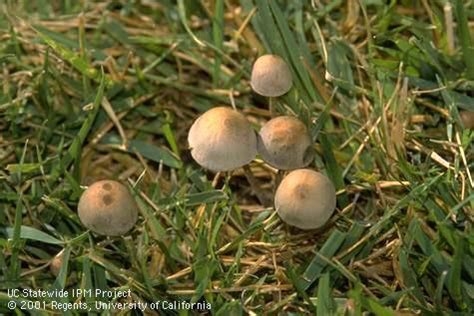

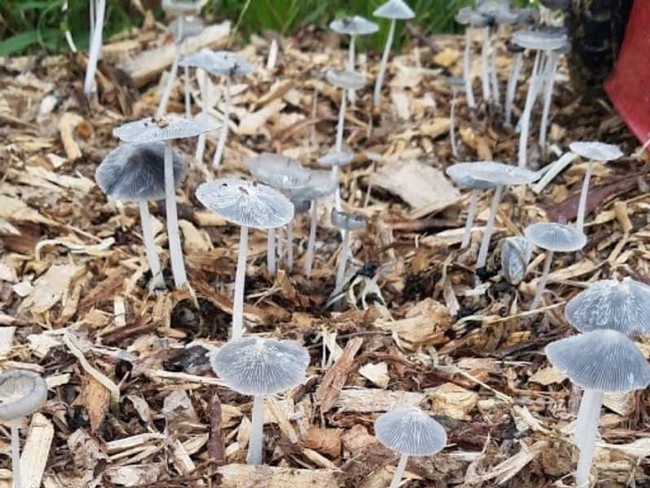
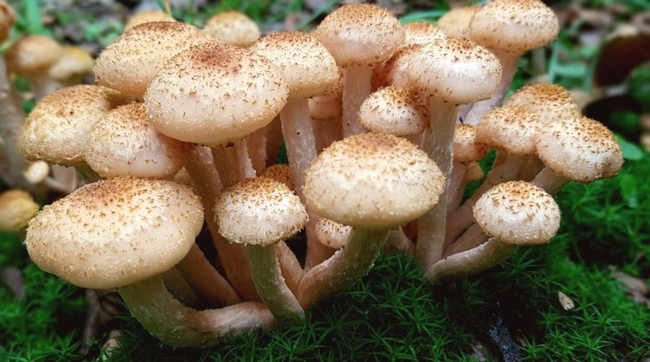

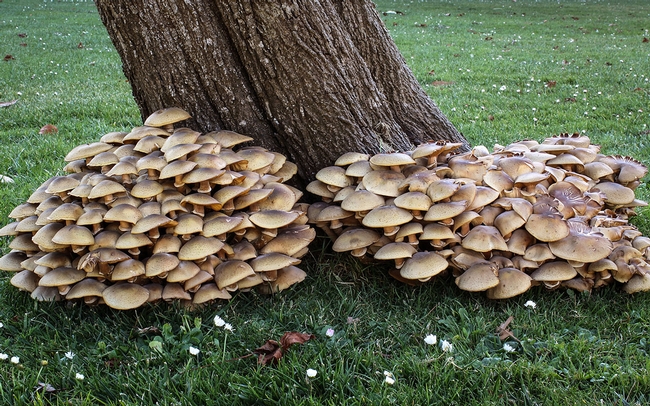

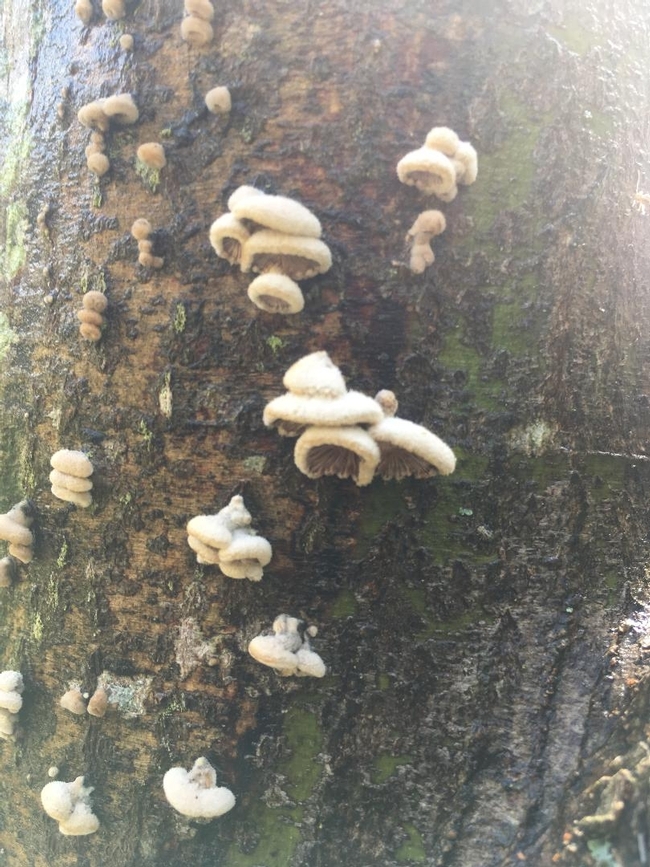
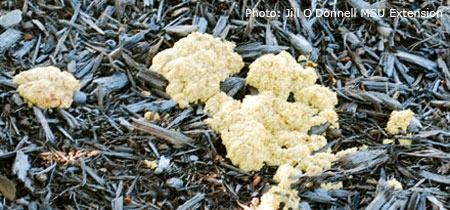
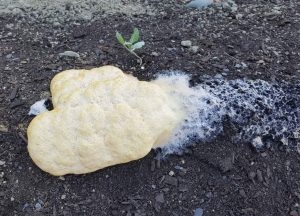


Mushrooms are the visible fruiting structure of some types of fungi. They come in many shapes and sizes, but their purpose is to house and distribute the spores of the mushroom. Most fungi are beneficial. They help to decompose plant material, thus releasing nutrients and making them available for plant growth.
Mushrooms produce spores that are borne on the wind until they reach a favorable place to grow. They then settle in, sending out fine filaments called hyphae. Hyphae perform different functions in the garden. Some decompose organic matter; others are symbiotic; and still others are parasitic and cause disease.
When enough hyphae grow together, they form a group called a mycelium. These mycelia can develop in the soil for years and only form the fruiting heads, or mushrooms, when conditions are favorable—after prolonged wet weather, for example.
Many mushrooms seem to appear overnight and grow exponentially. I firmly believe that those clumps in my yard are growing as I watch. In reality, it takes a few days for the fruiting bodies to form. They expand quickly by absorbing moisture. This rapid growth is the source of some common phrases, such as “to mushroom” or “to pop up like a mushroom.”
Mushrooms do not live long. The ones in my garden flourish for about two weeks then turn into a mushy black pile. Mycelia, on the other hand, can live for years. There is a mycelium structure of an Armillariasolidipes in the Malheur National Forest in Oregon that is estimated to be more than 2,400 years old.
Mushrooms have been used for many purposes over the centuries. We are all aware of the yummy edible varieties in the grocery store. Throughout history, mushrooms have been thought to have medicinal value, and they are still used in traditional Chinese medicine. Since the 1960s,American researchers have studied the possible medical benefits of mushroom extracts.
Unless you are well acquainted with the different species, do not eat wild mushrooms or other fungal fruiting bodies. Many species are poisonous and hard to distinguish from edible varieties. Keep small children and pets away from areas of your yard where you have seen mushrooms growing. Remove all mushrooms from the area before allowing a child or a pet to play there.
How do you remove these grotesque garden additions once and for all? I say “grotesque” because they give me the shivers. Pulling off the visible mushroom doesn't do much other than maybe stop that particular crop of spores from spreading. The mycelia are still underground, waiting for the next session of wet weather to send up more mushrooms to release more spores. For more information on poisonous mushrooms in California, visit the Bay Area Mycological Society web site (www.bayareamushrooms.org).
Workshop: Napa County Master Gardeners will conduct a workshop on “Rose Pruning and Maintenance” on Saturday, January 17, from 10 a.m. to 2 p.m., at University of California Cooperative Extension, 1710 Soscol Avenue, Napa. This workshop will feature demonstrations on rose bushes to show and explain proper pruning techniques. Master Gardeners will discuss various types of roses, common rose diseases and routine maintenance including watering and fertilizing. Online registration (credit card only) Mail-in registration (cash or check only).
Master Gardeners are volunteers who help the University of California reach the gardening public with home gardening information. Napa County Master Gardeners ( http://ucanr.org/ucmgnapa/) are available to answer gardening questions in person or by phone, Monday, Wednesday and Friday, 9 a.m. to Noon, at the U. C. Cooperative Extension office, 1710 Soscol Avenue, Suite 4, Napa, 707-253-4143, or from outside City of Napa toll-free at 877-279-3065. Or e-mail your garden questions by following the guidelines on our web site. Click on Napa, then on Have Garden Questions? Find us on Facebook under UC Master Gardeners of Napa County.

